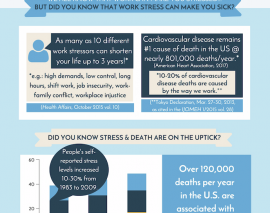Resources
Resources
Here you'll find new evidence and guidance from various sources across a variety of conditions of relevance to different audiences.
Resource
Migraine Impacts Employers in both Health Care Spend and Lost Productivity Per Integrated Benefits Institute Study | Integrated Benefits Institute

Resource
Enlisting the Brain in the Fight against Pain

Resource
Cancer in the Workplace - Supporting Treatment for Positive Employee and Employer Results
Resource
Identifying Personal Strengths to Help Patients Manage Chronic Illness
Resource
Linking Community-Based Organizations with Each Other, and with Hospitals and Health Clinics, to Help Connect Patients with the Services They Need
Resource
Can Coping-Skills Training Help Patients Who Have Received Intensive Hospital Care to Cope with Depression and Anxiety?
Resource
Can People Who Have Experience with Serious Mental Illness Help Peers Manage Their Health Care?
Resource
Is a Patient Navigation Program More Helpful than a Referral Program for Reducing Depression and Improving Quality of Life among Women Living in Neighborhoods with Few Resources?
Resource
Working with Bilingual Community Health Worker Promotoras to Improve Depression and Self-Care among Latino Patients with Long-Term Health Problems

